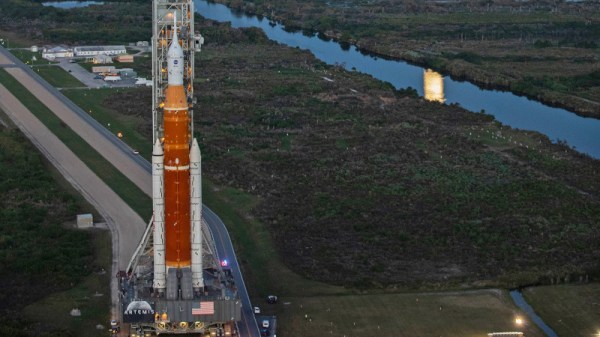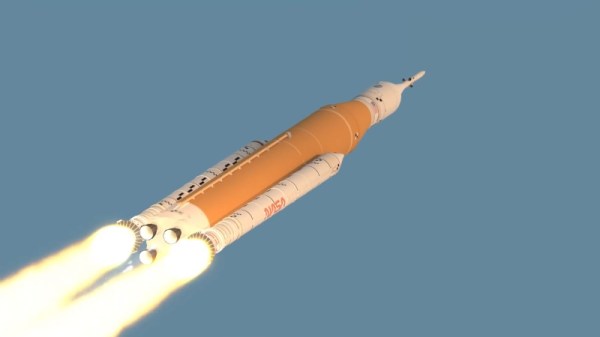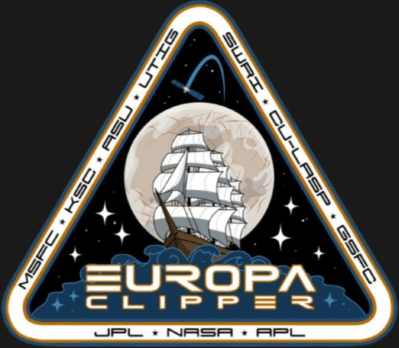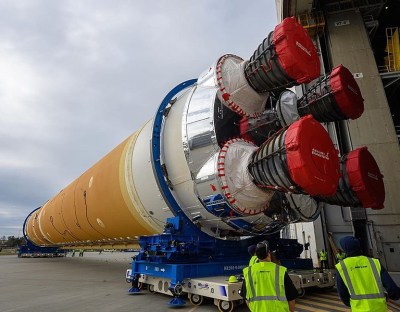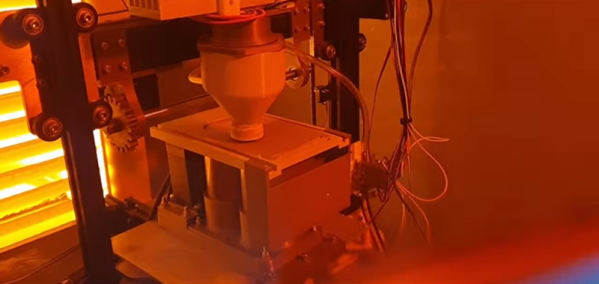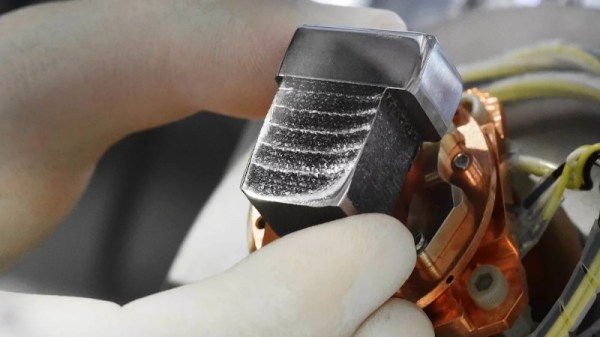There’s little debate that the most exciting move in a rocket’s repertoire is when it launches itself skywards on a column of flame. But failing that, it’s still pretty interesting to see how these massive vehicles get juggled around down here on terra firma before getting fired off into the black. Which is great for anyone interested in NASA’s towering Space Launch System (SLS), as it’s been doing an awful lot of milling about on the ground for a vehicle designed to return humanity to the Moon.
Most recently, the SLS completed a trek from the iconic Vehicle Assembly Building (VAB) to launch pad 39B and back again aboard the same “crawler” that moved the Space Shuttle and Saturn V before it. While the nearly 60-year-old tracked vehicle has received some updates to carry the 98 meter (322 ft) tall booster, clearly the space agency subscribes to the “if it ain’t broke, don’t fix it” school of thought.
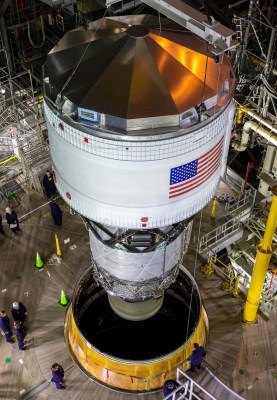
The SLS itself however is definitely in need of some work. The rocket was brought out to the pad for the first time on March 18th, where it was to conduct what’s known as a “wet dress rehearsal” — a test of the pre-flight operations, propellant loading, and countdown that includes everything except engine ignition. Unfortunately, the test was plagued with technical issues, and after three attempts, it was decided to bring the rocket back into the VAB to make the necessary repairs to both it and the ground support equipment.
One issue involves a valve in the Interim Cryogenic Propulsion Stage (ICPS), a propulsion module that’s being used on the early SLS flights to provide the trans-lunar injection (TLI) burn that will send the Orion spacecraft on a course towards the Moon. As the name implies, the ICPS is destined to be replaced with the larger Exploration Upper Stage on later missions. There’s also a leak on the launch tower itself that will need to be addressed. After the identified problems are repaired and some adjustments are made, the SLS will once again be rolled out to the pad to reattempt the launch rehearsal.
Now in development for over a decade, the Space Launch System has been plagued with technical issues and delays. At the same time, commercial launch providers like SpaceX have moved the state of the art forward considerably, leading many to wonder if the mind-bogglingly expensive rocket will be able to compete with in-development vehicles such as Starship and New Glenn. The fact that missions which were previously assigned to the SLS have started to get shifted over to commercial rockets would seem to indicate that even NASA is losing confidence in their flagship program.

